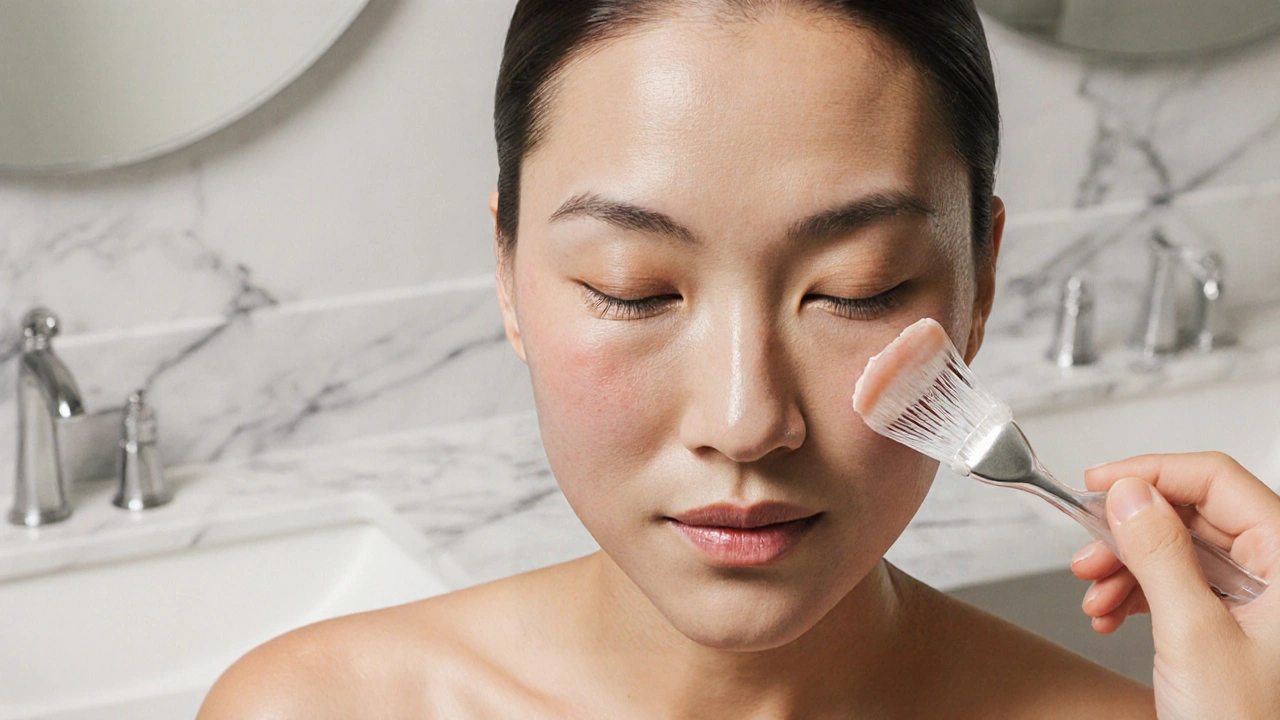Explore how chemical peels reduce wrinkles, boost collagen, and rejuvenate skin, with tips on types, safety, and after‑care.
Read MoreSkin Rejuvenation: How to Refresh Your Look Naturally and Safely
When tackling skin rejuvenation, the process of restoring youthful texture, tone, and elasticity to the outer layer of the body. Also known as anti‑aging skin therapy, it blends science and everyday habits to turn back visible signs of time.
One of the main building blocks is collagen, a structural protein that gives skin its firmness and helps retain moisture. Boosting collagen through diet, topical peptides, or minimally invasive procedures fuels the skin’s repair engine. Another cornerstone is retinoids, vitamin A derivatives that speed cell turnover and stimulate collagen synthesis. Whether you pick a prescription-strength tretinoin or an over‑the‑counter retinol cream, retinoids reshape the skin surface and fade fine lines. Supporting both is Vitamin A, an essential micronutrient that fuels the retinoid pathway and boosts immune defense in skin cells. Adequate intake from foods like carrots or supplements enhances the effectiveness of topical treatments.
Practical Steps to Kick‑Start Your Rejuvenation Journey
Start with a simple routine: cleanse with a mild, pH‑balanced formula, then apply a retinoid at night to let it work while you sleep. Follow with a moisturizer rich in peptides or hyaluronic acid to lock in moisture and support collagen. In the morning, never skip a broad‑spectrum sunscreen – UV rays demolish collagen and undo retinoid gains within minutes. For deeper enhancement, consider short‑term laser sessions or chemical peels; these methods create controlled injuries that trigger a fresh wave of collagen production. If you prefer a non‑procedural boost, add an oral anti‑aging supplement containing antioxidants, omega‑3s, and the right dose of Vitamin A to nourish skin from within.
All these options share a common thread: they rely on the body’s natural repair mechanisms. Skin rejuvenation therefore isn’t about quick fixes but about feeding the cells the tools they need – collagen scaffolding, retinoid signaling, and vitamin support – and protecting them from damage. Below you’ll find a curated list of articles that dive deeper into each ingredient, compare popular products, and explain how to balance safety with results.
